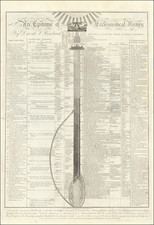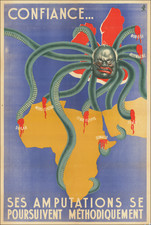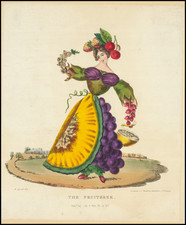Rare Hugo Allardt edition of Hessel Gerritsz's Leo Belgicus, one of the most iconic cartographic images of the 17th Century.
The Seventeen Provinces mapped as a lion was first illustrated by the Austrian nobleman Baron Michael Aitzinger in 1583. This image of 'Leo Belgicus' proved very popular, with a number of other maps of the Low Countries in the shape of a lion (Leo Belgicus and Leo Hollandicus) published over the next 50 years.
The present example was first created in 1608 by Hessel Gerritsz and engraved by Jodocus Hondius. It is the protype of one of the two major genre of Lion maps, this being the passive lion, facing to the left. The second pro-type, the rampant lion rampant facing to the right, was engraved by Hendrik Floris van Langren.
The publication history of the Gerritsz map is complicated, but involved the engraving of two nearly identical copper plates, each of which came into the possession of different publishing houses, resulting in a complicated lineage.
The present example includes the imprint of Hugo Allardt, rather than Hondius.
Hugo (or Huych) Allard (or Allardt) (1627–1684 or '91) was a draughtsman, engraver, and painter during the Dutch Golden Age of cartography. Based in Tournai and Amsterdam, he was the founder of a prominent family of Dutch mapmakers, publishers, and print sellers. Allard set up his cartography business around 1645, and his first works were mostly reissues of earlier maps. Although not as prominent as the Blaeu family or Henricus Hondius and Jan Janssonius, Hugo Allard’s work, from about 1640 to 1680, is considered to be just as fine in quality. His output was relatively small, and his maps were mostly published as loose, separate issues, but they were well-designed and finely engraved. After Allard’s death, he left his business to his son, Carel. There is some confusion about when he died; some sources state 1684, others say 1691.









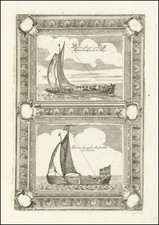
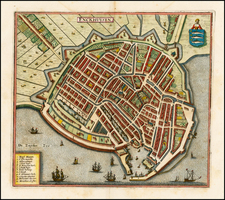
![(Nuremberg Chronicle) [Geneology of the Virgin Mary]](https://storage.googleapis.com/raremaps/img/small/98722.jpg)
